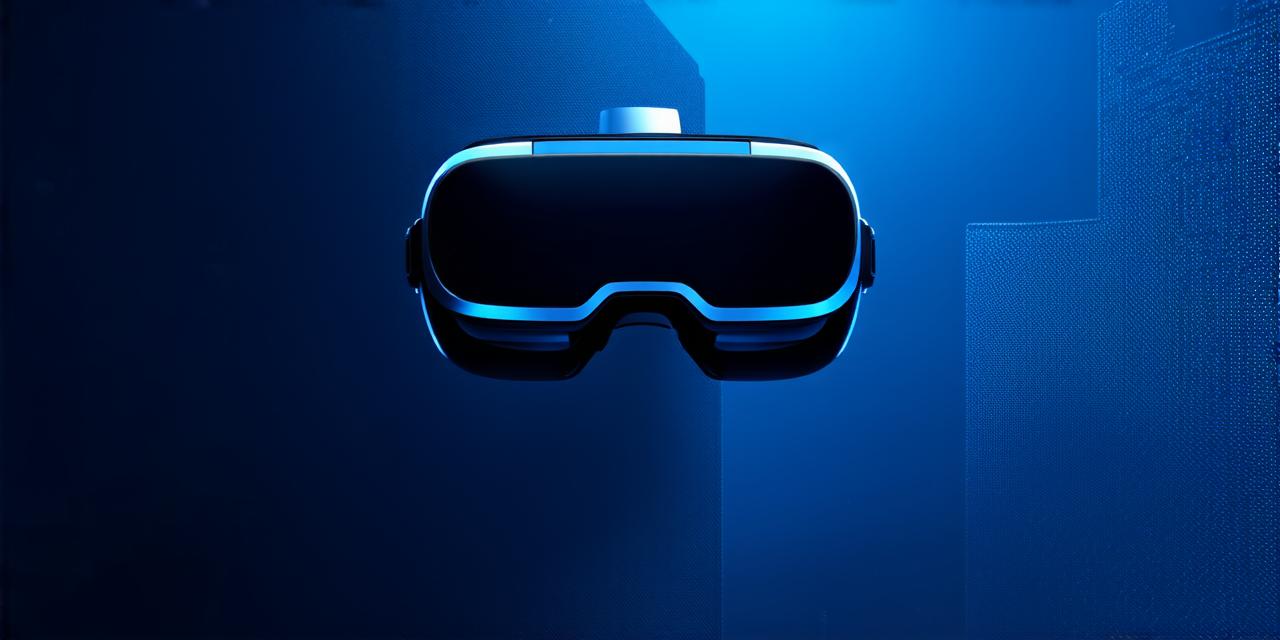Virtual reality technology has been around for several years now and it is becoming more accessible to the general public. This has led to an increase in the number of people who are considering investing in virtual reality headsets. However, before you make the decision to buy a virtual reality headset, there are several factors that you need to consider. In this article, we will explore the pros and cons of virtual reality technology and help you determine whether or not it is worth investing in a virtual reality headset.
Pros of Virtual Reality Technology
Virtual reality technology provides an immersive experience that transports you into a new world. This makes it ideal for gaming, training and simulation, and education. For example, pilots can use virtual reality to simulate real-life flight scenarios and medical students can use it to practice surgical procedures in a safe environment.
2. Increased Productivity
Virtual reality technology has the potential to increase productivity by allowing people to work in virtual environments that are free from distractions. For example, architects can use virtual reality to visualize their designs and make changes in real-time, saving time and money.
3. Cost Effective
Virtual reality technology is becoming more affordable, making it a cost-effective investment for businesses and individuals alike. As the technology continues to improve, prices are likely to drop even further.
4. Enhances Creativity
Virtual reality technology can enhance creativity by allowing people to explore new environments and ideas in a way that is not possible with traditional technology. For example, artists can use virtual reality to create 3D models and sculptures that they can then sell online.
5. Improves Mental Health
Virtual reality technology has been shown to improve mental health by reducing stress and anxiety. It can also be used as a tool for therapy, allowing patients to confront their fears in a safe environment.
Cons of Virtual Reality Technology
While virtual reality technology has many benefits, it is not without its drawbacks. Here are some of the key disadvantages:
1. High Cost
Virtual reality technology can be expensive, with high-end headsets costing thousands of dollars. This can make it difficult for businesses and individuals to justify the investment.
2. Limited Compatibility
Not all virtual reality content is compatible with all headsets, which can limit their usefulness. It is important to check compatibility before purchasing a headset.
3. Motion Sickness
Some people experience motion sickness when using virtual reality technology, which can be uncomfortable and disruptive.
4. Privacy Concerns
Virtual reality technology can capture sensitive data about users, including their movements and interactions with the environment. This raises privacy concerns that need to be addressed.
5. Limited Interaction
Virtual reality technology is limited in terms of interaction with the real world. For example, you cannot touch or interact with objects in a virtual environment.
When To Invest in Virtual Reality Technology
Now that we have explored the pros and cons of virtual reality technology, let’s look at when it might be worth investing in a virtual reality headset. Here are some scenarios:
1. Gaming
If you are an avid gamer, a virtual reality headset can provide a more immersive gaming experience than traditional gaming technology. However, if you are not interested in gaming or if you are on a tight budget, a virtual reality headset may not be worth the investment.
2. Training and Simulation
Virtual reality technology can be used for training and simulation purposes, such as flight training or surgical training. If your profession requires you to have certain skills or knowledge, investing in a virtual reality headset could be beneficial.
3. Education
Virtual reality technology has the potential to revolutionize education by providing immersive learning experiences that are not possible with traditional technology. However, if you are not interested in education or if you have limited resources, a virtual reality headset may not be worth the investment.
4. Business
Virtual reality technology can be used for business purposes such as visualizing designs and products or training employees. If your business requires you to have certain skills or knowledge, investing in a virtual reality headset could be beneficial.
5. Mental Health
If you are struggling with anxiety or stress, virtual reality technology has been shown to be effective in improving mental health. However, if you do not have access to professional therapy or counseling, a virtual reality headset may not be the best solution.
FAQs
Q: What is the difference between virtual reality and augmented reality?
A: Virtual reality technology provides an immersive experience that transports you into a new world, while augmented reality technology overlays digital content onto the real world.
Q: Can motion sickness be prevented when using virtual reality technology?

A: While motion sickness can be prevented by taking precautions such as adjusting the brightness and contrast of the screen, it is not always possible to completely eliminate it.
Q: How much does a virtual reality headset cost?
A: The cost of a virtual reality headset can vary depending on the quality and features of the device. High-end headsets can cost thousands of dollars, while lower-end options are available for around $200-$300.
Q: What is the best use for virtual reality technology?
A: Virtual reality technology has many applications, including gaming, training and simulation, education, business, and mental health. The best use for virtual reality technology will depend on your individual needs and interests.
Conclusion
In conclusion, whether or not it is worth investing in a virtual reality headset depends on your specific needs and interests. Virtual reality technology has many benefits that make it worth considering as an investment, but it also has its drawbacks that need to be carefully considered. By weighing the pros and cons and evaluating the potential applications of virtual reality technology, you can determine whether or not it is worth investing in a virtual reality headset.
